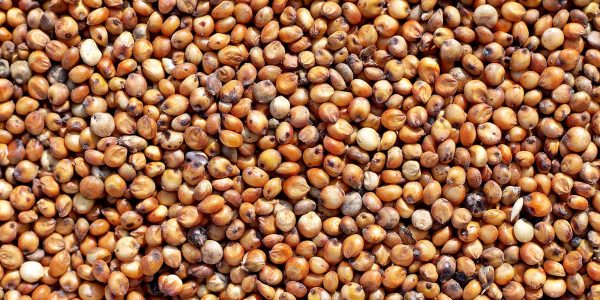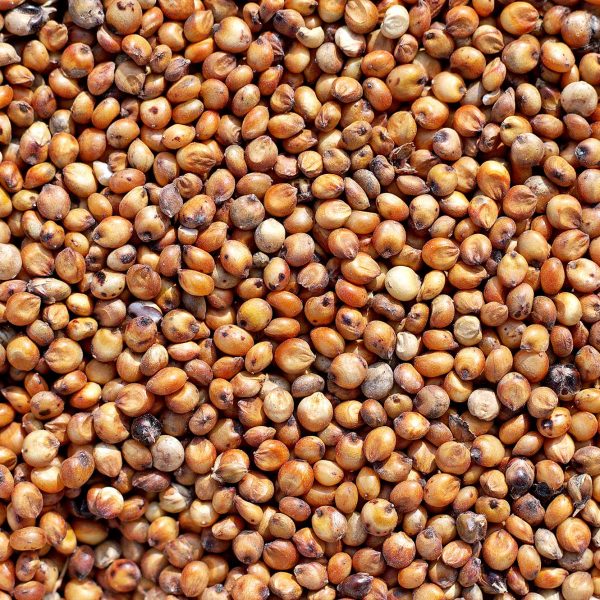
Introducing New Profit Streams For Grain Sorghum: Milling Characteristics And Inclusion Considerations For Use In Pet Foods
Whole sorghum was milled into sorghum flour and sorghum millfeed (bran, shorts, red-dog, and germ) at the Hal Ross Flour Mill and evaluated for yield and nutrient composition. These fractions were then subsequently incorporated at less than 65 percent into an extruded dog food diet at the BIVAP center at Kansas State University. Product expansion was slightly lower in the diet containing the millfeed, but whole sorghum and sorghum flour produced kibbles requiring similar process settings and outcomes to a control diet containing a combination of wheat, rice, and corn. These diets were then fed to dogs in a digestibility study and it was determined like processing that the whole sorghum and sorghum flour containing diet had digestibility and stool consistency similar to that of the control, but; dogs fed the diet containing the millfeed had lower overall digestibility, larger, harder, and more frequent stools. These dogs also had a two-fold higher concentration of circulating antioxidants (ORAC value). This was considered a substantial finding. As it relates to sensory attributes of the sorghum treatments there were no major differences detected by the trained panelists for the sorghum containing diets for aroma, flavor, or texture, but they noted the different visual effects from the smaller (less expanded) millfeed containing diet. In conclusion, the milling of whole sorghum into fractions resulted in two unique products that should find favor as novel ingredients to pet food and processed in a predictable fashion through flour milling, and pet food extrusion, were readily eaten by the dogs, were comparable to a control and whole sorghum in trained sensory panelists, and overall digestibility was comparable for the flour. Improvements will be needed on the amount of the millfeed incorporated into the diet such that digestion is not compromised, but the benefit from the elevated circulating antioxidants are retained.
The overall goal of this project is to understand sorghum component characteristics during milling and processing into pet food and their utility from an animal feeding perspective.
The following are the objectives of this study:
- To evaluate dry milling processes on yield characteristics of sorghum fractions (flour, bran, germ) as value-added ingredients in pet foods.
- To determine the impact of various component parts (flour, bran, germ) from sorghum on processing characteristics in standard pet foods.
- To determine the effects of varying levels of sorghum flour, bran, germ content in a standardized pet food on indices of animal utilization, palatability and pet owner acceptance.


